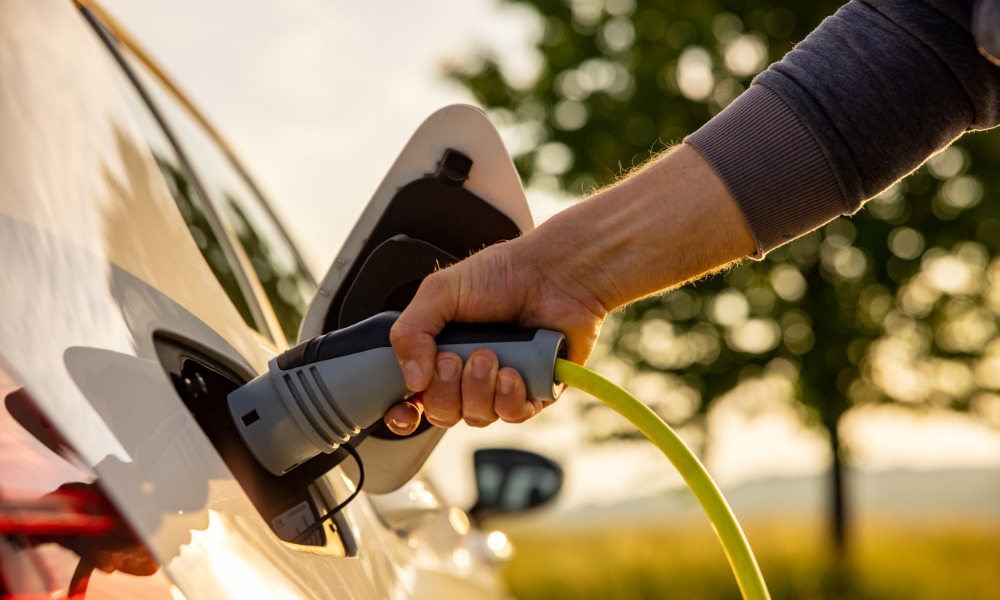EV charging stations – what are the risks and insurance implications?

EV charging stations – what are the risks and insurance implications? | Insurance Business Australia
Insurance News
EV charging stations – what are the risks and insurance implications?
Tips offered to property owners and landlords
Insurance News
By
Roxanne Libatique
Gallagher has delved into the emergent risks associated with the deployment of electric vehicle (EV) charging stations across Australia.
In its latest blog, Gallagher highlighted the potential hazards linked to lithium-ion battery fires, known for their intensity and prolonged duration, which can lead to considerable property damage. This concern is particularly relevant for property owners and landlords at sites where EVs are frequently charged, parked, or repaired.
The analysis by Gallagher pointed out that the repercussions of a significant fire could extend beyond the immediate property damage to include business interruption and potential harm to third parties.
Potential risks
Gallagher delved into the potential risks posed by EV battery chargers, such as malfunctions leading to fires or explosions, which can stem from manufacturing defects, charging process glitches, or battery damage. The difficulty in controlling lithium-ion battery fires and the toxic fumes they emit necessitates the incorporation of fire safety measures in charger design and installation.
The brokerage giant further underscored the need for proper ventilation and cooling systems to mitigate the risk of overheating during the charging process.
How to address EV risks
Gallagher outlined critical areas of focus for the implementation of EV charging infrastructure, including:
the selection of competent contractors for installation
the assessment of existing electrical circuitry
the security of unattended infrastructure
Additionally, Gallagher emphasised the importance of considering the potential impact of a malfunction, explosion, or fire and the strategic placement of chargers to minimise fire spread risks.
While noting the absence of specific regulations in Australia addressing risks from EV chargers, Gallagher pointed out that most liability risks, including third-party property damage and injury, can be managed through contractual agreements with manufacturers, installers, and maintenance providers. The firm advised property owners to pay close attention to the terms of these agreements and to seek legal advice as necessary.
Gallagher stressed the importance of adopting a risk management approach in the planning and installation of EV battery charger infrastructure. Moreover, it advised property owners to engage in comprehensive discussions with their insurance brokers to ensure adequate insurance coverage and to understand the limitations related to EV battery chargers.
Related Stories
Keep up with the latest news and events
Join our mailing list, it’s free!






